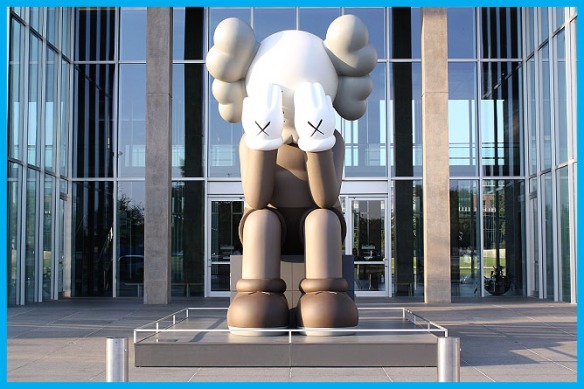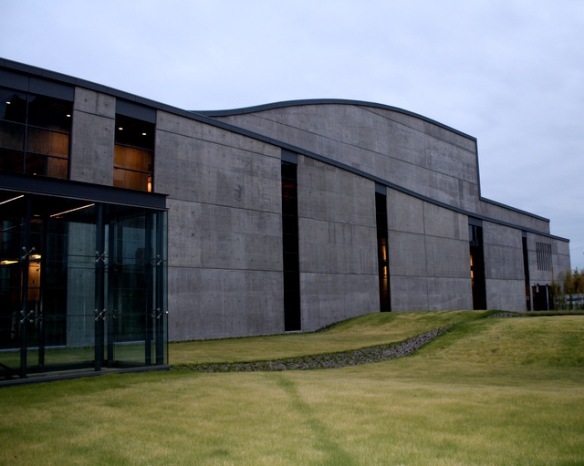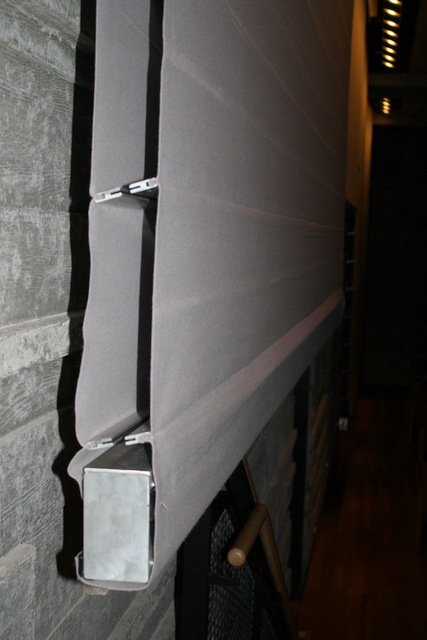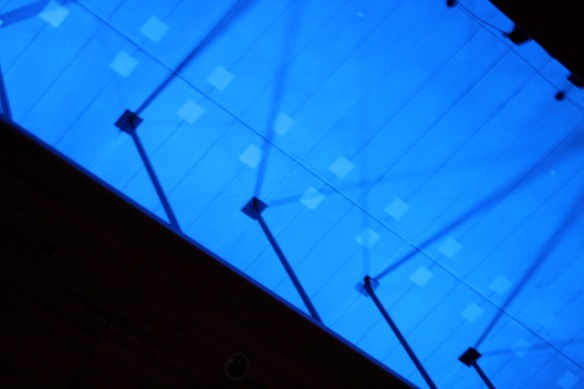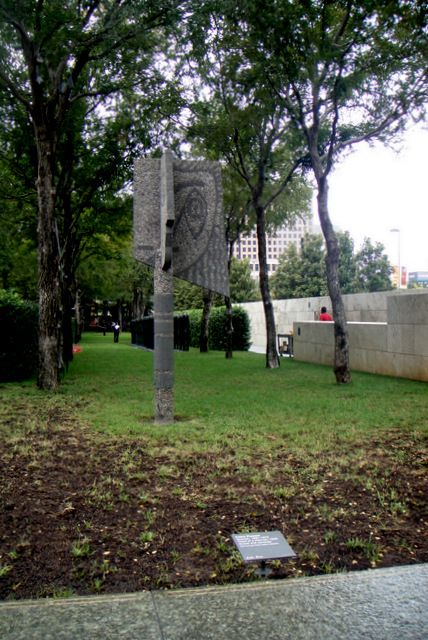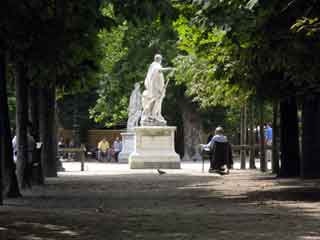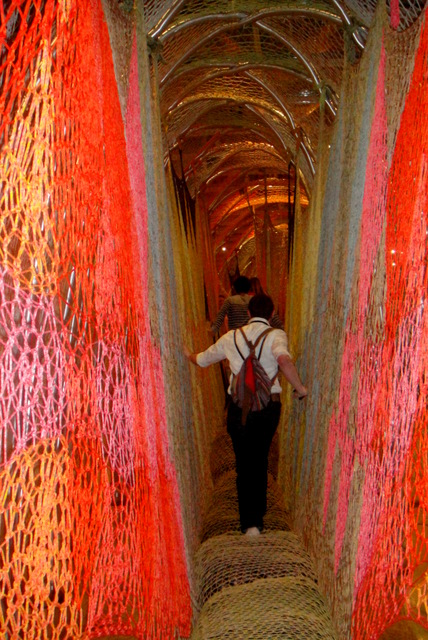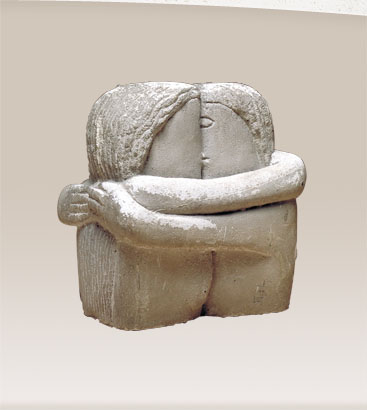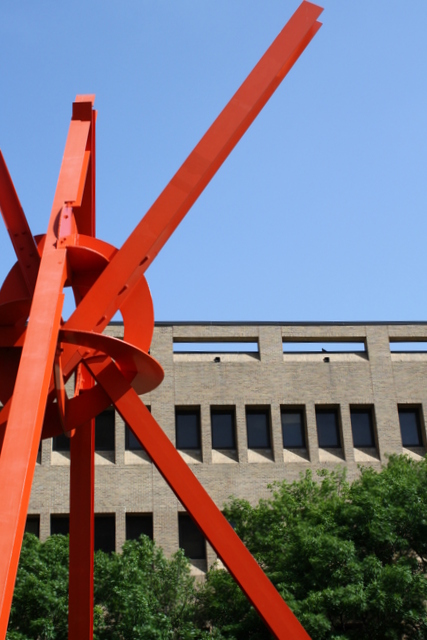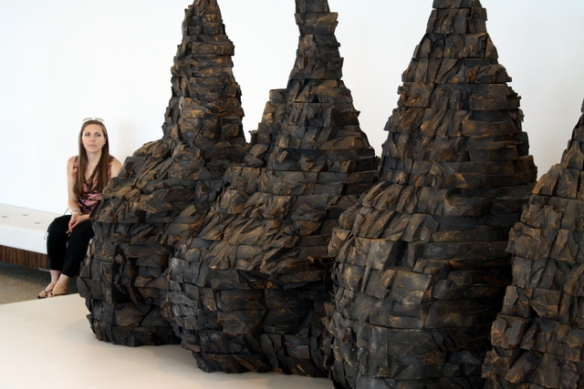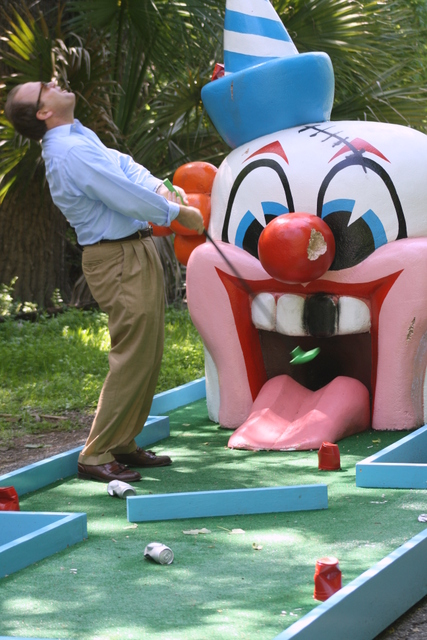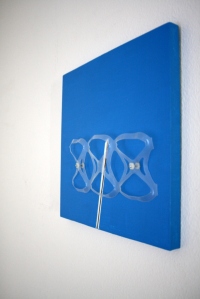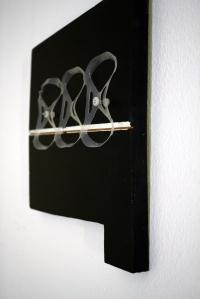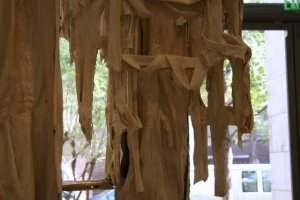Unfortunately, the mediated talks between the Museum Tower and Nasher Sculpture Center did not conclude with a mutually agreed upon way to fix the tower’s highly reflective glass and resulting glare into the Center’s galleries and sculpture garden.

Museum Tower glare seen from inside Nasher garden
(photo: Brandon Thibodeaux | The New York Times)
As a Dallas resident, I’m concerned the debate will linger interminably, damaging both sides and our city’s reputation. Since the gag order lifted, the debate has been taken to the public arena – both locally and in the national press. From this, we know the Museum Tower rejected adding retractable louvers to their building. We also know that the Nasher can’t redesign the barrel-vaulted roof because this step doesn’t address the garden and will reduce the interior ambient light to an unacceptably dim level for viewing the art.
Dallas sun is tricky and requires special attention and materials. Architect Renzo Piano and his team studied the Nasher site and sun’s path for a year before designing the current unique roof which diffuses the naturally harsh sunlight into a uniform, soft natural light and protects the art. Now, glare from Museum Tower’s reflective mirror-like surface causes dappled, polka-dot light in the afternoons, as seen in the photo below:

Artist: Rodin | “Age of Bronze”
(photo: Brandon Thibodeaux | The New York Times)
It behooves the developer and owner, the Dallas Police and Fire Pension Fund with $200 million invested to-date, to propose alternative solutions to their building that the Board of Trustees and the Nasher find acceptable. If the Museum Tower’s solution is do nothing except delay that would be very good to know.
As we wait for the next round, I have these thoughts:
- The Museum Tower, whose name derives from its proximity to the Nasher’s world-class collection of modern and contemporary sculpture, will have trouble credibly promoting itself as a champion of the arts.
- The stance taken by the Tower’s owner – which is basically “We don’t have to do anything to change our building” – continues to make it difficult for potential buyers to seriously consider purchasing a condominium.
- A positive return on the Pension Fund’s investment looks less and less likely. Maybe they have already written-off succeeding with this property and don’t want to sink any extra funds.
A few weeks ago, the Director of the Nasher Sculpture Center, Jeremy Strick, and a group of Nasher supporters began public dialogue and outreach campaigns to ask people, like me and others like you, to write or talk with City Council representatives and Trustees on the Dallas Fire and Police Pension Fund expressing our point of view. Museum Tower should fix their building design to stop the glare emitted by the glass materials selected to cover the yet-to-be-completed residences.
Please click on the link in Jeremy’s “Call to Action” letter below to easily find your City Council person to contact. Post your support in a sentence or two and the “Call to Action” link on your Facebook page and other social media and talk with your friends about Museum Tower fixing their mirrored glass façade.
| Dear Friends,
“Yesterday, 11 prominent Dallas civic leaders lent their voices to an Op Ed published in The Dallas Morning News. (Read full letter here) These leaders expressed pressing concern about the damage Museum Tower continues to inflict upon the Nasher Sculpture Center, the Dallas Arts District and the reputation of the city itself. They called upon the leadership of Museum Tower to fix their building by adopting the louver solution without further delay. This practical 100% solution would eliminate dangerous reflected light at its source, protecting the Nasher’s interior and exterior galleries. Over the past 14 months, as this issue became known and stories about the damage Museum Tower is doing to its neighbors have appeared locally and nationally, many of you have asked us what you can do to encourage a positive resolution. If you live in the city of Dallas, I would ask you to make your Dallas city council representative aware of your opinion, whether by letter, email, or telephone. (Find your representative here) If you live outside of the city and care about Dallas’ cultural institutions, voicing your support and opinion to our elected officials is also welcome. The leadership of Museum Tower needs to recognize their responsibility to our community, and your council representatives can play an important role in resolving this matter . I’d like to reaffirm that we at the Nasher are advocates for the development of the Arts District and support the goal of Museum Tower to add residencies to this neighborhood. Ray Nasher has given our community an incredible gift by building an unparalleled museum in the heart of the Dallas Arts District and making his extraordinary collection accessible to all. The Nasher is an invaluable educational, cultural and economic resource for the people of Dallas and visitors from around the world and we need your support and your voices to ensure its future contributions to the region.” With thanks, as ever, for your interest and support, Sincerely, Jeremy |
With this time of year full of travels, parties and activities, I’m taking a hiatus from blogging for the foreseeable future. I truly know it is the end of the year, because last week a Mother and Papa squirrel moved into my backyard “Wild Birds Unlimited” owl home to start breeding and a family. Happens every year like clockwork.

(photo: Meg Fitzpatrick)
Have a wonderful holiday season and to a happy 2013.
Meg



